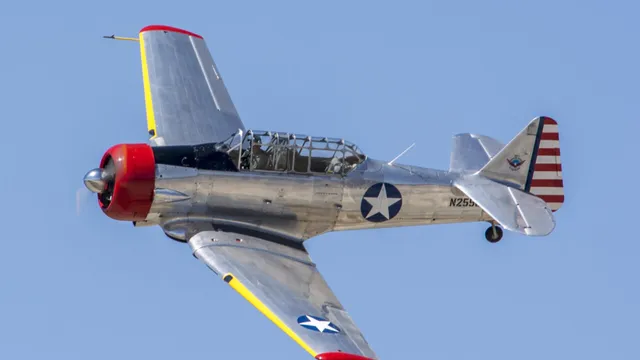
America trained British pilots for WWII in 1941
2025-05-18 16:00- The British Flying Training School program was established in 1941 to train RAF pilots in the U.S.
- Six flight schools were selected based on favorable conditions for pilot training.
- The program fostered lasting friendships between American and British pilots, highlighting the shared sacrifices during WWII.
Express your sentiment!
Insights
In 1941, the United States initiated a program to train British pilots during World War II. Under the Lend-Lease Act, America aimed to support Great Britain as the war escalated in Europe. The British Flying Training School program was crucial in preparing Royal Air Force (RAF) pilots prior to the United States' official entry into the conflict. Six civilian-operated flight schools were selected based on specific criteria, including weather conditions and available infrastructure, to host this training. These schools, located across the U.S., faced various challenges. For instance, Riddle Field in Florida presented unique environmental difficulties such as storms and swampy areas, while other sites contributed to the development of over 1,400 trained pilots. Despite a significant number of fatalities among trainees, valued connections emerged between the British cadets and their American instructors. Memorial initiatives were subsequently established to honor those who lost their lives during training. The recognition of these lost lives continues to resonate with communities across the U.S., highlighting the memorial events held in their honor. The Commemorative Air Force initiated campaigns to remember 423 British airmen buried in the U.S., emphasizing their contributions and sacrifices. In addition, several museums across the country now serve as reminders of the British cadets' experiences. These efforts not only commemorate the struggle of the pilots but also foster enduring ties between the U.S. and the U.K. A significant legacy of the BFTS program is the enduring relationship formed between American personnel and British aviators, which played a vital role in bolstering the Allies' efforts during World War II. The training facilitated operational readiness for the RAF, which subsequently participated in major campaigns against Nazi Germany. As we honor the 80th anniversary of the Allied victory, it is pertinent to reflect on the sacrifices made by those who fought and trained together, remembering that their actions contributed to the defense of democracy.
Contexts
The Lend-Lease Act, enacted on March 11, 1941, was a pivotal policy in which the United States provided military aid to foreign nations during World War II. The act was primarily aimed at helping allied nations such as Great Britain, China, and later the Soviet Union by allowing the U.S. to supply them with essential war materials without immediate payment. Instead of selling military equipment, the U.S. would lend or lease the goods, positioning itself as a key supporter of the Allied war effort even before officially entering the war. This policy marked a significant shift in U.S. foreign policy from isolationism to a more interventionist approach as the threat of Axis powers grew more imminent in Europe and Asia. The economic implications of the Lend-Lease Act were profound, as it facilitated the rapid production and deployment of military supplies necessary for the war. Factories across the United States scaled up production of airplanes, tanks, ammunition, and other war materials, thereby stimulating the economy and reducing unemployment. By providing assistance to Allies, the U.S. played a crucial role in enhancing their capacity to resist Axis advances. For instance, British Prime Minister Winston Churchill consistently acknowledged Lend-Lease as a decisive factor that enabled Britain to withstand and eventually repel Nazi Germany's onslaught. Additionally, the military assistance extended to the Soviet Union after Germany invaded in 1941 significantly bolstered their defenses during the pivotal moments of the Eastern Front. The act also had far-reaching political ramifications. By aiding the Allies, the U.S. not only secured diplomatic ties but also positioned itself as a leading power on the global stage. It underscored the U.S. commitment to combating fascism and totalitarianism. Furthermore, the Lend-Lease Act highlighted the principle of international cooperation against common threats, establishing a precedent for future alliances. After the war, this framework would contribute to the formation of institutions such as NATO and influence post-war rebuilding efforts. The consequent expansion of military-industrial complexes set the tone for U.S. involvement in future global conflicts. In summary, the Lend-Lease Act was not merely a wartime logistical strategy; it was a critical element of U.S. foreign policy that facilitated not only military victories but also broader economic and diplomatic shifts during World War II. Its legacy can be seen in the manner it transformed the U.S. role from isolationism to engagement, shaping the post-war world order and reinforcing the vision of collective security among nations. The successful execution of the Lend-Lease Act helped to lay the groundwork for the eventual defeat of Axis powers and further established the United States as a superpower in the post-war era.